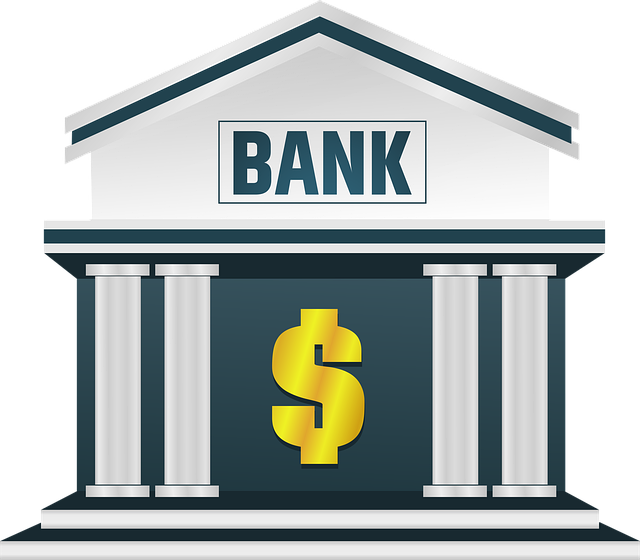In today's competitive business landscape, understanding various loan options and loan terms is essential for fulfilling business funding needs. Businesses can choose between short-term loans for quick capital (higher interest rates, shorter repayment) or long-term loans for flexible terms (collateral required, lower rates). Evaluating factors like interest rates, collateral, and duration helps entrepreneurs secure favorable terms, align with strategic goals, and maintain creditworthiness.
Understanding the impact of loans on your credit profile is crucial for any business owner navigating the world of financing. This comprehensive guide delves into the intricate relationship between loan management and credit health. We explore diverse business funding needs and the corresponding loan options available, from traditional bank loans to innovative alternative financing. By deciphering key loan terms like interest rates and repayment periods, you’ll gain insights into their significant impact on financial stability. Additionally, we provide strategies for responsible borrowing and timely repayments to foster a positive credit profile.
- Business Funding Needs and Loan Options
- – Understanding the diverse range of loan options available for businesses
- – How different loan types cater to specific funding needs
Business Funding Needs and Loan Options

In today’s dynamic business landscape, understanding one’s credit profile and leveraging suitable loan options is crucial for meeting diverse funding needs. Businesses, whether startups or established enterprises, often turn to loans as a primary source of capital for expansion, equipment purchases, or working capital. The choice of loan terms can significantly impact the borrower’s creditworthiness in the short and long term.
Businesses seeking funding have several loan options available, each with varying interest rates, repayment periods, and collateral requirements. Short-term loans typically offer quicker access to funds but may come with higher interest rates and shorter repayment windows. In contrast, long-term loans provide more flexible repayment terms but often demand substantial collateral and lower interest rates. Understanding these loan terms is essential for businesses aiming to maintain a healthy credit profile while accessing the capital they need to thrive.
– Understanding the diverse range of loan options available for businesses

In today’s dynamic business landscape, understanding various loan options is crucial to fulfilling funding needs. Businesses have a multitude of choices when it comes to securing loans, each tailored to specific requirements and offering distinct terms. From traditional bank loans to alternative financing methods like peer-to-peer lending and government-backed schemes, the market is rich with possibilities. Entrepreneurs and business owners must carefully evaluate these loan options, considering factors such as interest rates, repayment periods, and any associated collateral or guarantees.
The diversity of loan terms further complicates the decision-making process. Short-term loans might be ideal for quick cash flow management, while long-term financing could be more suitable for capital expenditure projects. Loan terms also influence the overall cost of borrowing, with longer durations potentially resulting in higher interest expenses. Understanding these nuances is essential to securing favorable loan conditions that align with the business’s financial goals and strategic objectives.
– How different loan types cater to specific funding needs

Loan types vary widely, each designed to cater to specific business funding needs. Short-term loans, for instance, offer quick access to capital, ideal for covering immediate expenses or seizing market opportunities. Conversely, long-term loans are suited for substantial investments in growth initiatives, such as equipment purchases or real estate acquisitions, providing borrowers with more extended repayment periods.
The choice of loan options significantly impacts an individual’s credit profile and financial health. Understanding the terms associated with each type—including interest rates, collateral requirements, and repayment schedules—is crucial. For instance, secured loans often come with lower interest rates but demand asset pledging, while unsecured loans offer flexibility but may command higher rates. Knowing these nuances enables businesses to select loan options that align with their financial goals and risk tolerance.






